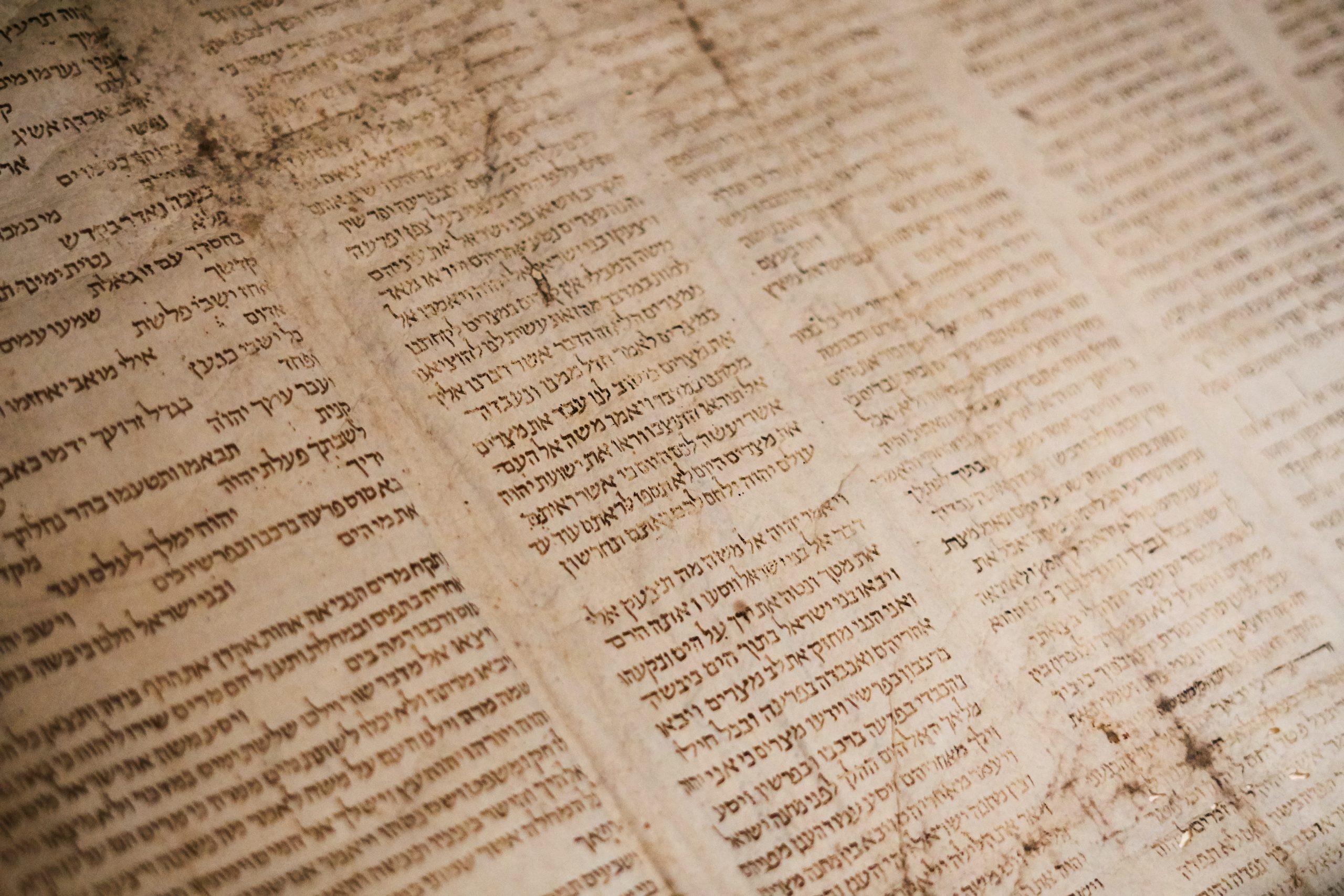The Bank of Israel announced today (Wednesday) that “the extent of significant damage to the sections of the five-year plan for the Arab sector may harm the future growth of the Israeli economy.” According to the bank’s announcement, which reviews the implementation of the previous five-year plan numbered 922, it is also written that at the same time as continuing to promote the five-year plan, action must be taken to ensure that in the long term the budgetary allocation for the Arab population is anchored in the basis of the budget, based on egalitarian and transparent criteria.
According to the bank, in contrast to plan 922, where the main emphasis was on changing the allocation mechanisms of the existing government budgets, plan 550 is characterized by a very large amount of new additional budgets: NIS 15 billion, about half of the total amount allocated to the plan.
In particular, the additional budget in the field of education stands out, amounting to NIS 4 billion, which was allocated for differential budgeting in elementary and high school, for building classrooms, and for a strategic work plan to promote Arab education. Many additional budgets were also invested in development and construction (NIS 2.3 billion) and in the empowerment of local authorities (NIS 1.6 billion). Plan 550 even provided a response to areas that were not addressed in Plan 922, such as health, welfare, and high-tech, when each of these areas was allocated approximately NIS 500-600 million.
Promoted development despite the difficulty in the participation of poor authorities
According to the Bank of Israel, the five-year plan by virtue of Government Resolution 922 was implemented in the years 2016-2021, and significantly promoted economic development in Arab society. It was allocated a budget of approximately NIS 13 billion, and by November 2021 approximately 70% of this budget had been used. In the field of education, the utilization reached about 90%, while in the fields of construction and infrastructure it was only about 50%.
The bank explains that “besides the achievements, there were obstacles and difficulties in carrying out the plan, mainly at the level of the local authorities. The most significant obstacle is the lack of regulated land for the development of the Arab settlements, which constituted a significant ‘bottleneck’ for the construction of infrastructure, residential housing and public institutions. Another significant difficulty is the requirement for participation Funded by the authorities (matching), due to their deficit and the low socio-economic status of their residents.”
The continuing plan for the years 2022-2026 was originally budgeted for 30 billion shekels, but the government intends to cut more than 3.6 billion of them. The Bank of Israel believes that this cut will have negative consequences not only for Arab citizens, but also for growth in the entire economy.
More outline plans in effect
The Ministry of Internal Security and the Negev and Galilee Ministry used 100% of the budget allocated to them. The Ministry of Housing presents the lowest utilization rate, only 25%.
According to the Bank of Israel, a low budget execution rate appeared in government offices and bodies that were allocated significant budgets for infrastructure development. This is the case in the Ministry of the Interior (financing development grants), the Ministry of Sports (financing the construction of sports infrastructure), the Ministry of Construction and Housing and the Water Authority.
These implementation gaps may arise both due to the difficulties in making land available for public purposes in Arab society, and in light of practical difficulties in completing the projects during the five-year plan period. Thus, the implementation in some sections is expected to be updated in the future according to the implementation in the field, even after the period in which the program is in operation has ended.
The number of Arab municipalities with an outline plan in force, among municipalities with at least 5,000 residents, increased during the years of the previous five-year plan from 15 (about a third of the Arab municipalities of this size) to 23 (about half of the Arab municipalities of this size).
According to the bank, the current plan 550 includes improvements and lessons learned from the implementation of its predecessor 922, and the choice to cut it significantly endangers the continuation of the positive trends: “The continued integration of the Arab society in Israel is essential both for promoting the well-being of the Arab residents and reducing gaps between them and the Jewish population, and for maximizing the growth potential of the Israeli economy in the long term.”









